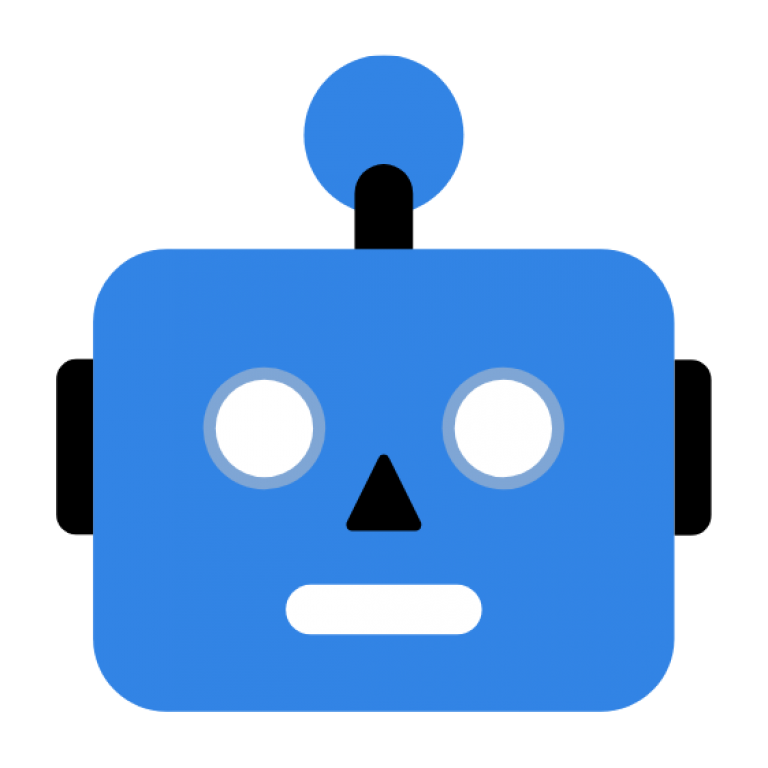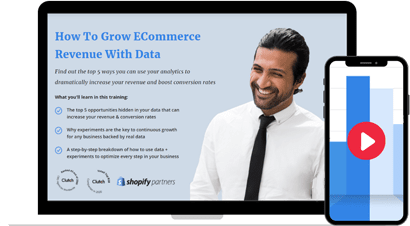a 3-minute read
GPT-3 is on the tip of everyone’s tongue and at the center of all the headlines in tech recently. The latest breakthrough in AI and its capabilities are being lauded for ushering in huge strides for machine learning. But what is it exactly, and what could it mean for businesses around the world? Let’s dig in by tackling these three points:
What Is GPT-3 AI?
To understand GPT-3, we first need to understand AI and machine learning. AI, as you probably know, stands for artificial intelligence and refers to any form of intelligence that comes from a machine – from highly-complex computers to the spam filter on your email. Machine learning is a subset of AI: the study of computer algorithms that improves over time, learning from data and experience.
So where does GPT-3 fit in? Standing for Generative Pre-Training Transformer, this is the third iteration of the AI tool. The second version, GPT-2, made similar headlines to GPT-3, but for infamous reasons, being deemed “too dangerous to release”. It was so advanced that it could create a text that was indistinguishable from that created by humans. GPT-3 is the safer upgrade to the same base technology.
The way they made GPT-3 safer was by adding more parameters to it. Parameters affect the prominence of data in AI tools and regulate their output. To give a sense of what changed, when GPT-2 was deemed too dangerous for release, it had 124 billion parameters. In comparison, GPT-3 has 175 billion parameters, a massive increase.
What Does GPT-3 Actually Do?
Currently in closed access and made by AI research lab OpenAI, the general public has only seen GPT-3’s capabilities in demonstrations that have been shared online. Some tasks it’s been given include designing websites, prescribing medications, and answering questions on complex topics. Most impressively, the tool can auto-complete unfinished images, suggesting what pixels should be there to ‘finish’ the image.
GPT-3’s advanced capabilities are due to its extensive data training. It has been trained on an archive of the internet called the Common Crawl, which contains almost one trillion words of data. All of this information goes into informing its decisions and helping it continue to learn from new experiences.
What Can This Mean for Us?
It all sounds impressive on paper. But what can this mean for businesses? It’s important to note that the tool is still in its early stages, as OpenAi CEO, Sam Altman, pointed out:
“It’s impressive (thanks for the nice compliments!) but it still has serious weaknesses and sometimes makes very silly mistakes. AI is going to change the world, but GPT-3 is just a very early glimpse. We have a lot still to figure out.”
Sam Altman, OpenAi CEO
With a tool that keeps learning, now comes the time for users to test it out, push its capabilities, and really see what it can do in the real world. Machine learning means that you can’t truly predict everything that an AI tool can do and it will improve, adapt, and change over time. The team responsible for its creation is still experimenting to see what possibilities could arise, and they encourage other users to do the same – and with caution. The last thing you want is for a “silly mistake” to cost your business valuable resources.
It’s also wise to note that tools like this can automate a lot of processes that are now being carried out by humans. What could this mean for the modern workforce? Automation is often useful, but leaving too much up to technology can mean you miss out on human influence, creativity, and decision-making that is so important for fast-paced, successful businesses. Before we get too carried away with tools like GPT-3, it’s a good idea to remind ourselves of what they ultimately are: tools.
Key Takeaways
The conception and release of GPT-3 is evidence of how much further we have to go at incorporating tech into the business. Sometimes, it might feel like we have honed our processes and streamlined our strategies to the best that they can be. Innovations like this prove that there could be whole new worlds of possibilities around the corner.
Keeping an eye on growing areas of innovation, like AI and machine learning, is vital for any business, both for its potential benefits and its dangers. There is clearly so much left to innovate in the world of tech: knowing how it could affect you and your business is vital for staying relevant and afloat.



